
Our Blog
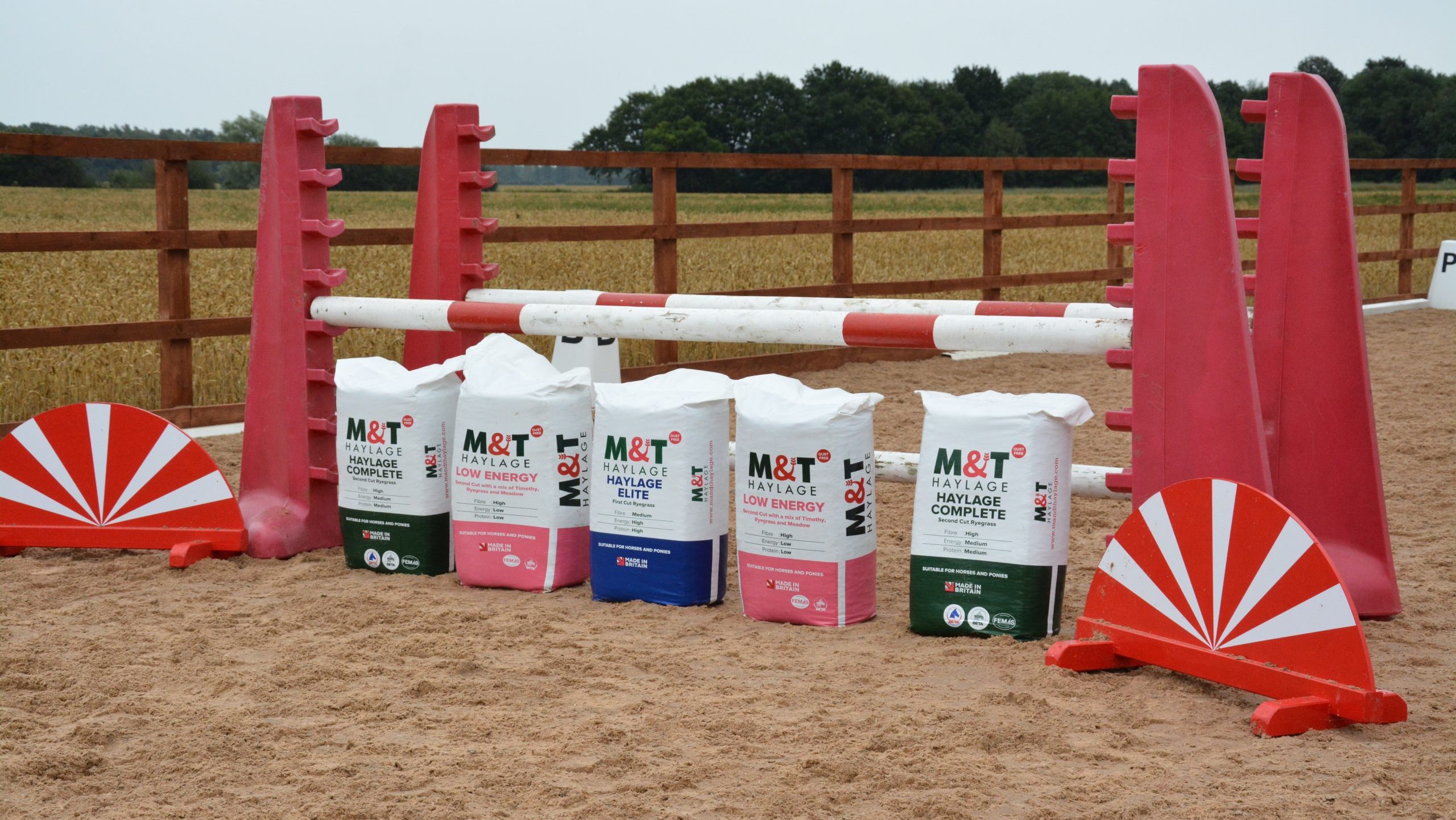
March 8, 2024
Top Tips For Managing Forage On The Go: Part Two
Most horses, given time and training, will adapt to eating while being transported. However, some will only eat when stationary, and some won’t eat sufficient quantities to keep their gut happy. Knowing which camp your horse falls into is key to managing forage on the go.
Why are forage and water intake important to your horses’ performance?
While some horses are happy to eat forage anytime and anywhere, including on the go, others can be less keen, either showing no interest at all or choosing to eat only when transport is stationary. Knowing how well your horse travels and whether they tend to eat while in motion can be a vital piece of the puzzle for performance at the other end. When dealing with performance horses that are already potentially predisposed to gastrointestinal challenges (like gastric ulcers and colic), this awareness can ensure that you put the appropriate management in place to reduce the risk of gut discomfort being a performance-limiting factor.
Forage can also provide the means to keep your horse hydrated, with fibre sitting in the gut acting as a reservoir for fluid and electrolytes. As such, maximising consistent forage intake can help when it comes to avoiding dehydration. For the performance horse, where a 2% water loss can be detrimental to performance, keeping tabs on water and forage intake can be the difference between a good day and a great one. When travelling, a horse can lose around 0.5% of their body weight for every hour they travel through fluid loss, making this a key area for consideration.
So, what can we do to avoid reduced forage and water intake in your horse when travelling and competing?
First things first - monitor your horse while travelling. This doesn’t have to include fancy tech to spy on your horse’s every move; it can be as simple as weighing your hay net when you first travel and again when you get to your destination. It can be quite surprising how much or how little they consume. Don’t forget to collect up any that has been dropped on the floor - it is common for many horses (particularly when stressed) to snatch at their forage, removing it from the net, but not necessarily eating it!
Likewise, with water, know what is normal for your horse to drink daily and keep tabs on how much they drink. Remember that increased exercise and travelling will likely increase intake beyond what you might see at home.
How much should they be eating?
This depends on the travel duration and what is expected of them at the other end. As a general guide, horses will eat around 1kg of forage in an hour.
We would anticipate the amount to reduce slightly when travelling (however, it can increase for some), but this can be used as a basic guide.
What can be done to maximise forage and water intake?
If your horse does eat well while travelling, it is essential to regularly provide water (at least every 3-4 hours, but more frequently in warm weather), even if they are fed horse haylage, which naturally holds more moisture.
If your horse doesn’t eat while travelling but does when stationary, ensure regular stops (once every 2-3 hours) to give them a chance to eat. Suppose you have a horse that won’t consume forage in their horsebox or trailer full stop. In that case, you can try to provide alternative high-fibre feeds such as chaff and beet at these regular intervals but be sure that these feeds are introduced into the diet gradually and not just offered on the day - preparation is key to ensure a healthy gut!
You can maximise your horse’s water intake in several ways:
Firstly, by promoting moisture intake through feed, choosing haylage or soaking/steaming hay to add moisture can increase intake and help reduce respirable particles in an enclosed travelling space. You can also use soaked feeds like beets, which provide both water and fibre or add succulents like apples and carrots to the diet. We would always recommend feeding apples and carrots ad-lib with your horse's regular base diet, as they’re high in sugar, meaning they only should be fed as an occasional treat or not at all in circumstances where your horse is laminitis and/or prone to laminitis.
Some horses can dislike the taste of ‘foreign water’ (water that tastes different to what they have at home), drinking less or completely refusing water when travelling or staying away. This can be countered by taking your own water from home.
Where possible, provide water in buckets instead of in automatic drinkers so that you can monitor water intake more efficiently.
Can I introduce haylage just for travelling and competing away from home?
While this is commonly done and can undoubtedly help distract and occupy your horse when travelling or increase the chances of your horse finishing their forage when competing away, it is best not to introduce an entirely new forage source too quickly.
A quick introduction of a new forage can cause digestive disruption, leading to loose droppings at the very least and potentially more significant issues, such as colic. Where possible, introduce the forage you wish to use for travelling or while staying away well in advance (2-4 weeks) - this reduces the risk of gastrointestinal discomfort impacting performance.
For more advice on maintaining your horse’s feeding routines on the go, contact us today.
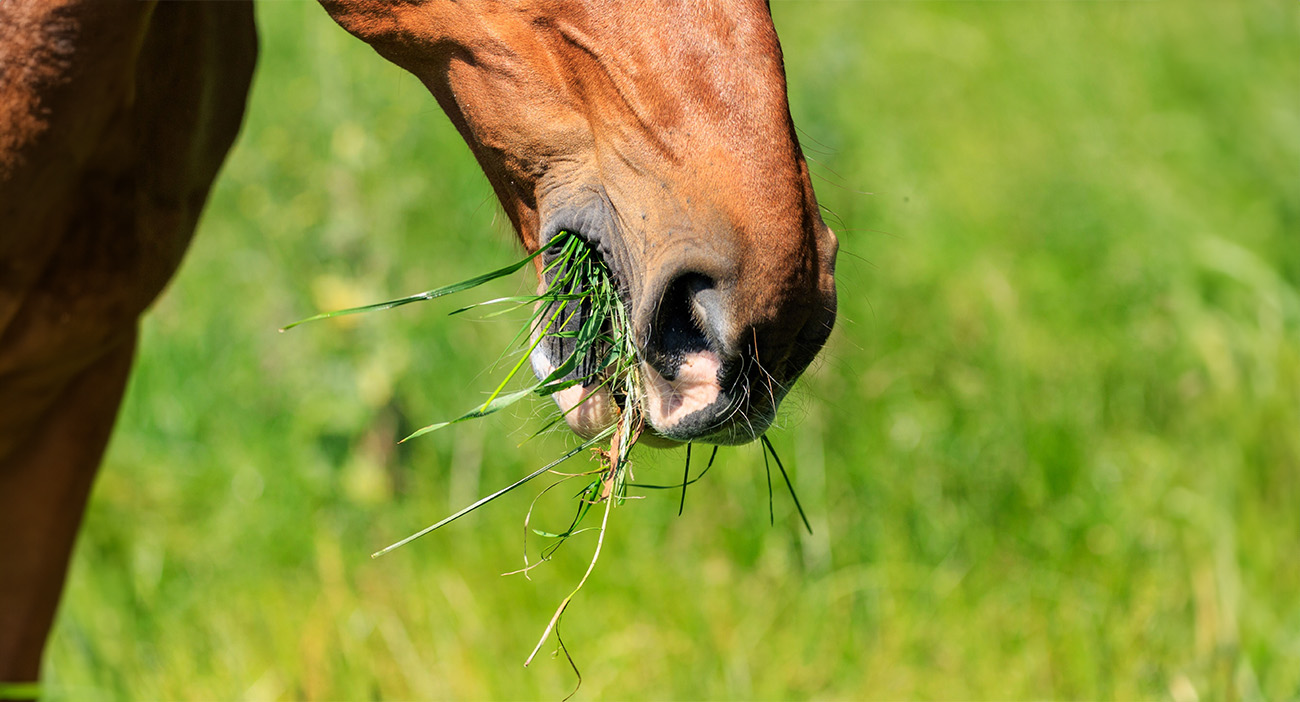
July 16, 2025
Do Horses Need Hay in the Summer?

May 22, 2025
Changing Your Horses Diet From Winter to Spring
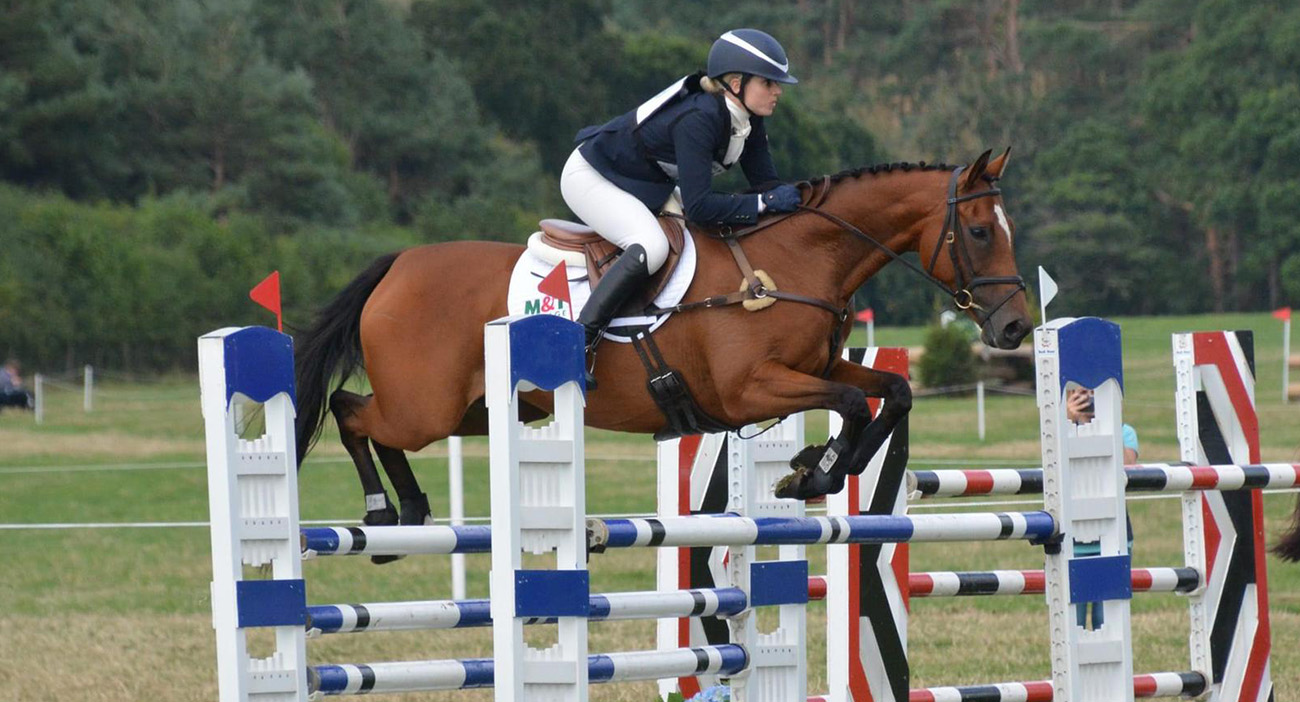
April 4, 2024
Eat, Sleep, Compete, Repeat

March 8, 2024
Top Tips For Managing Forage On The Go: Part Two

March 8, 2024
Consistency Is Key for Horses
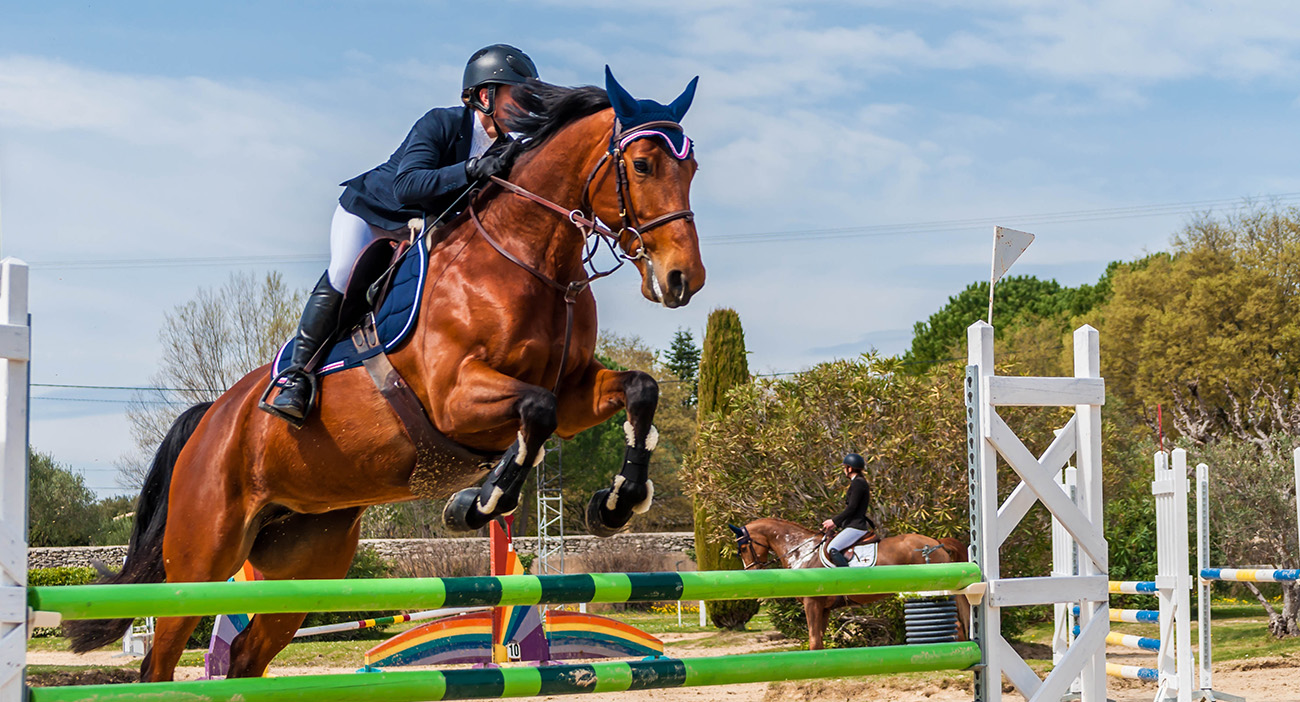
February 19, 2024
Don’t Underestimate The Value of Preparation
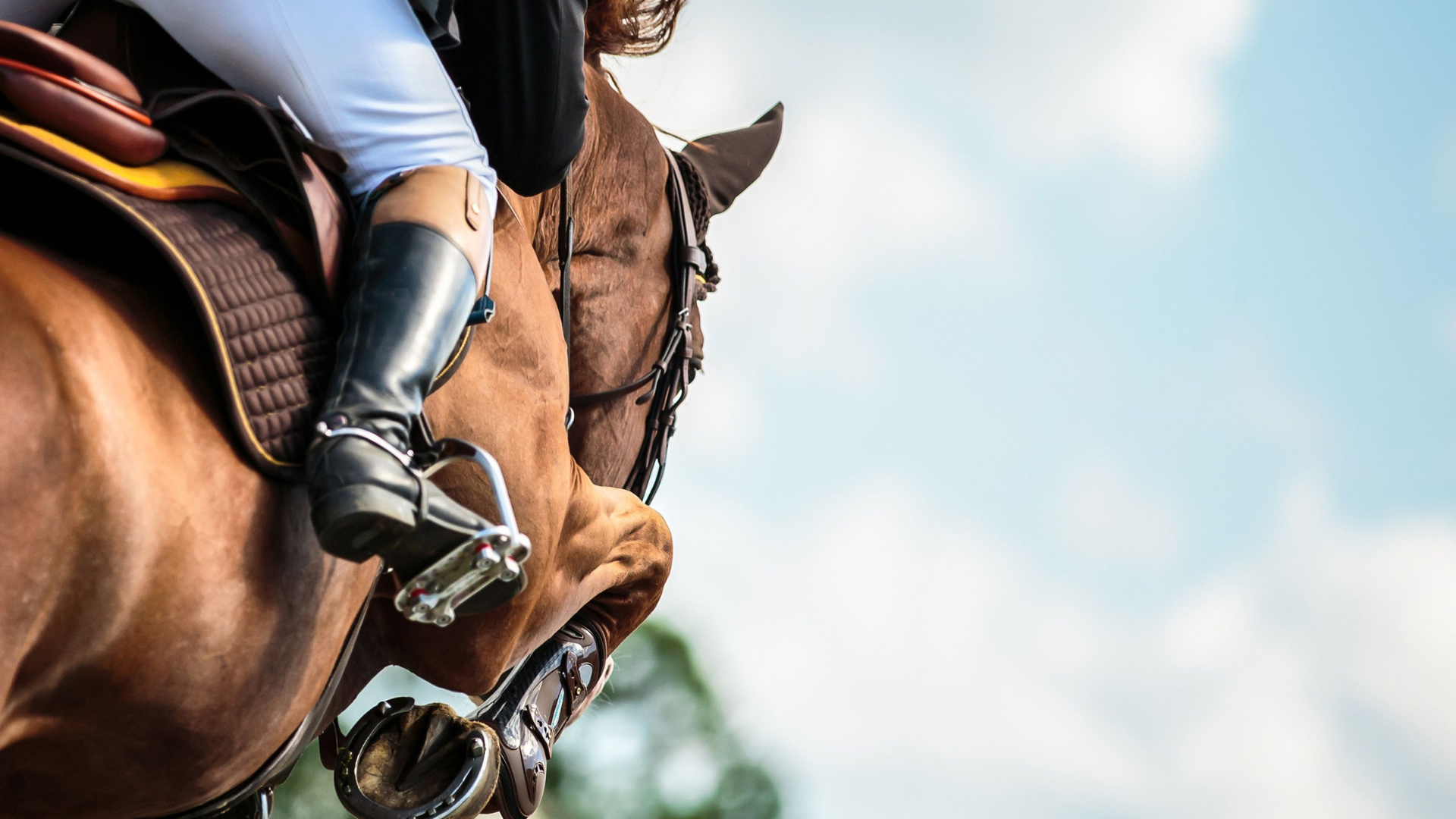
February 6, 2024
Know Your Horse Inside Out
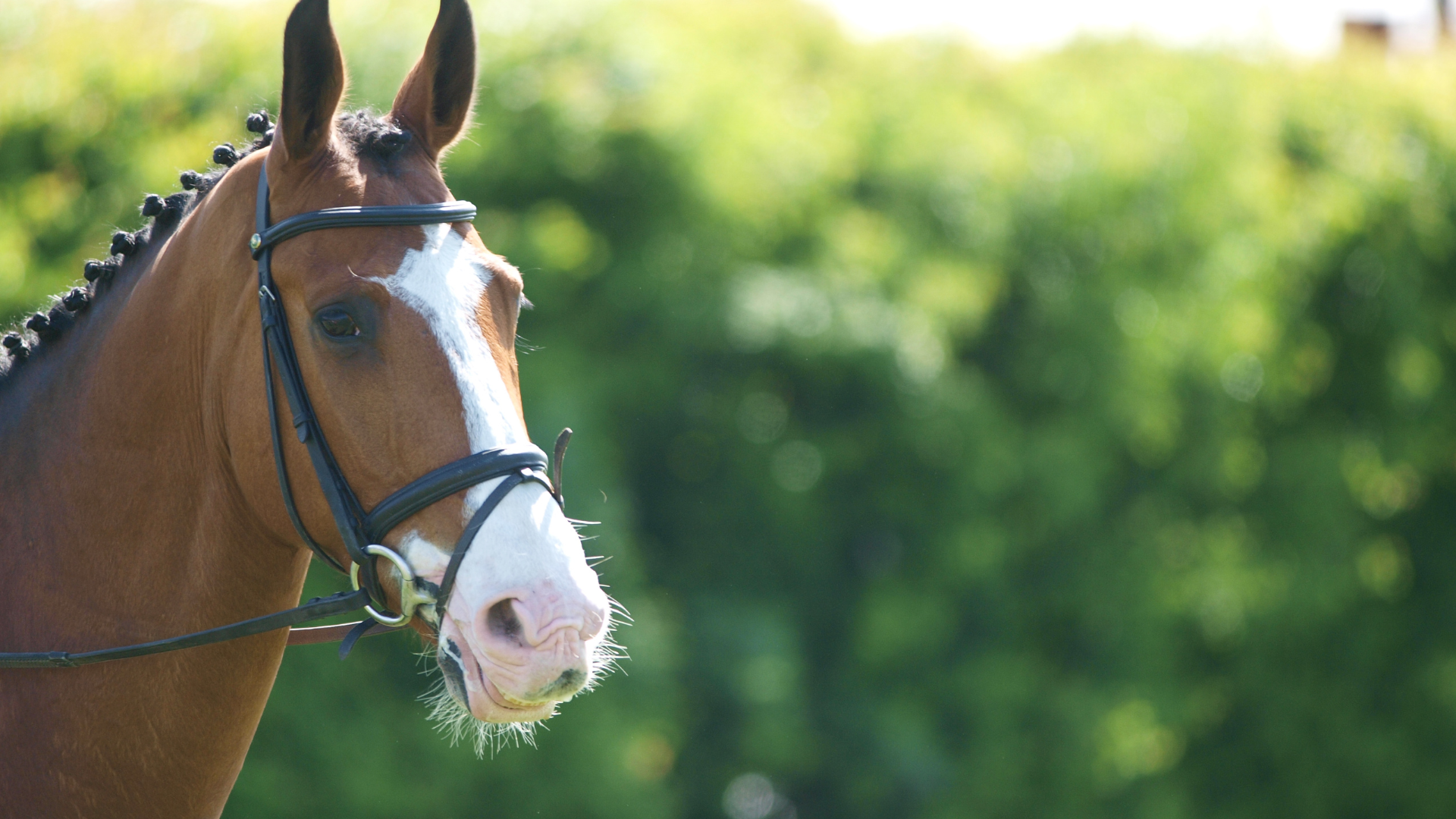
December 11, 2023
How To Get The Most Out Of Your Horse Forage During Winter

November 7, 2023
Which Hay Shall I Feed My Horse or Pony?

September 14, 2023
Hay Exportation – Why Choose British Hay?
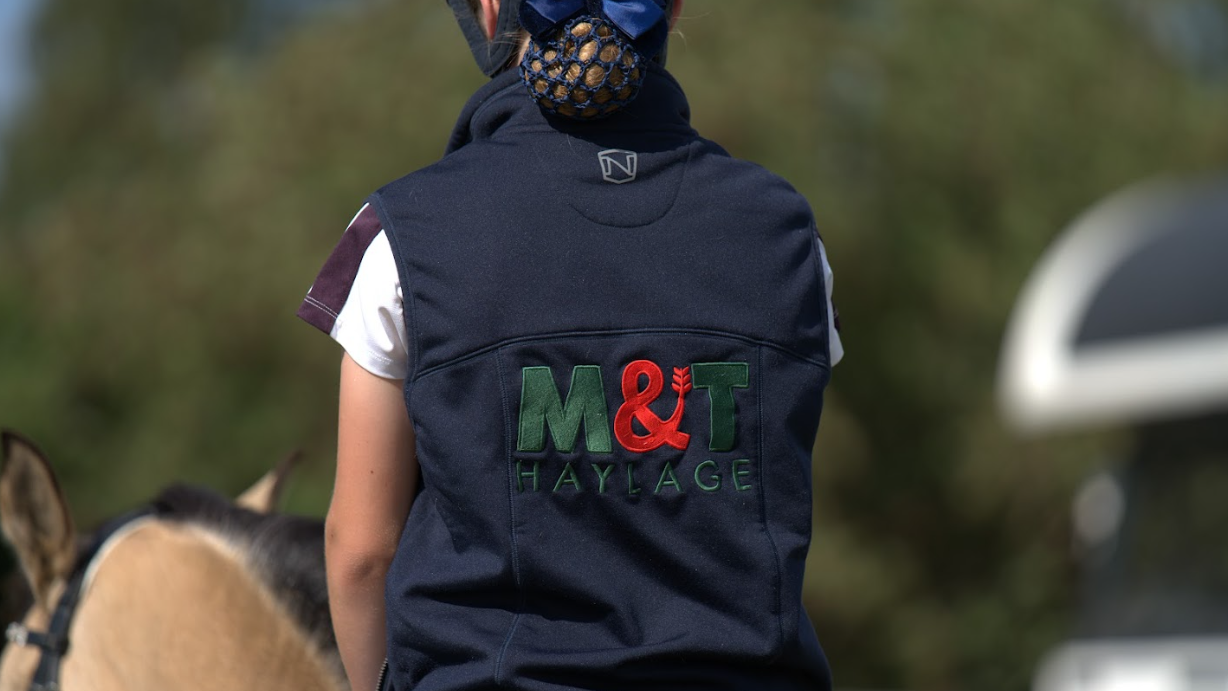
March 3, 2023
Hay vs Haylage: Which Is The Right Option For Your Horse?
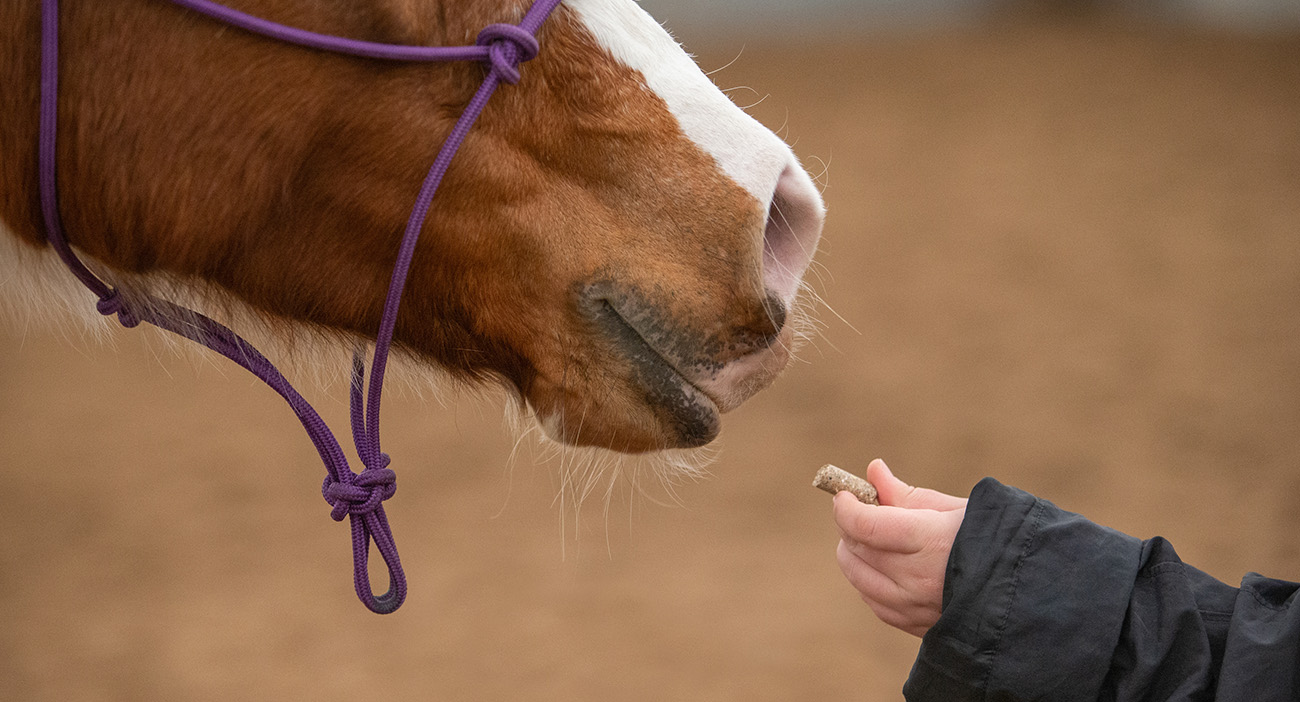
January 13, 2023
How To Bring A Horse Back Into Work After A Break
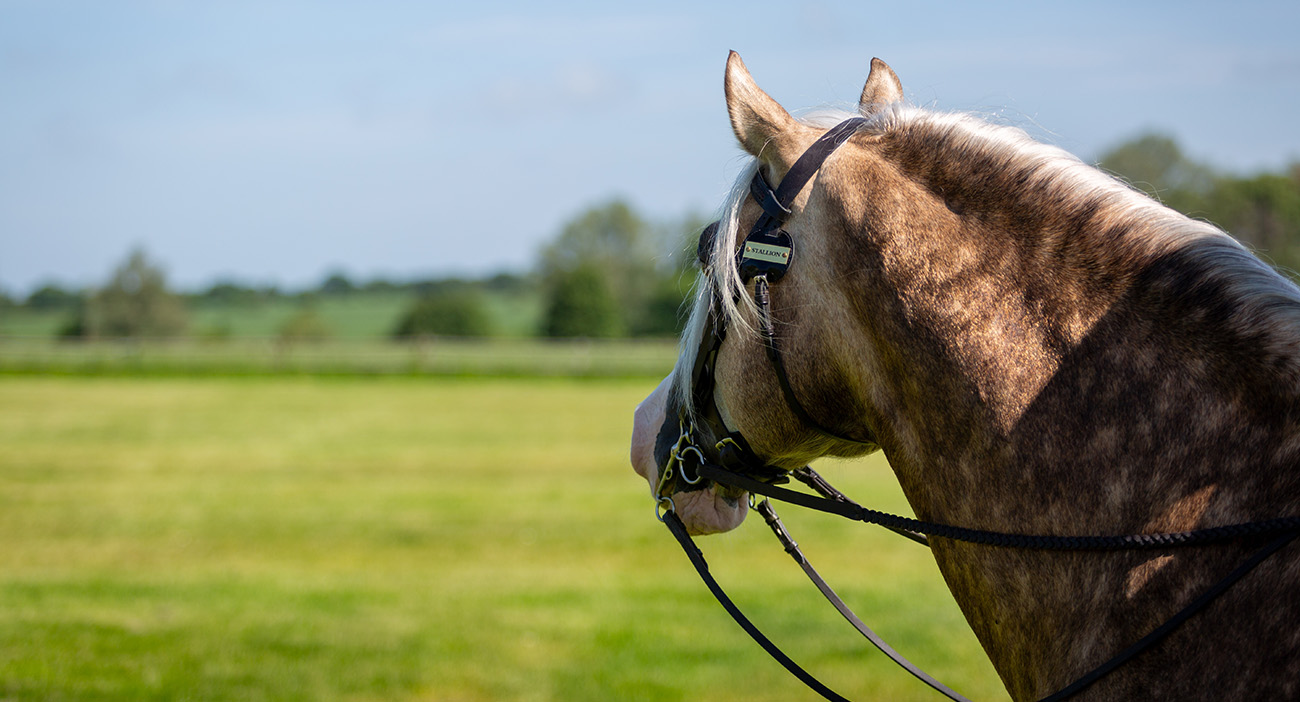
November 23, 2022
How To Body Condition Score Your Horse
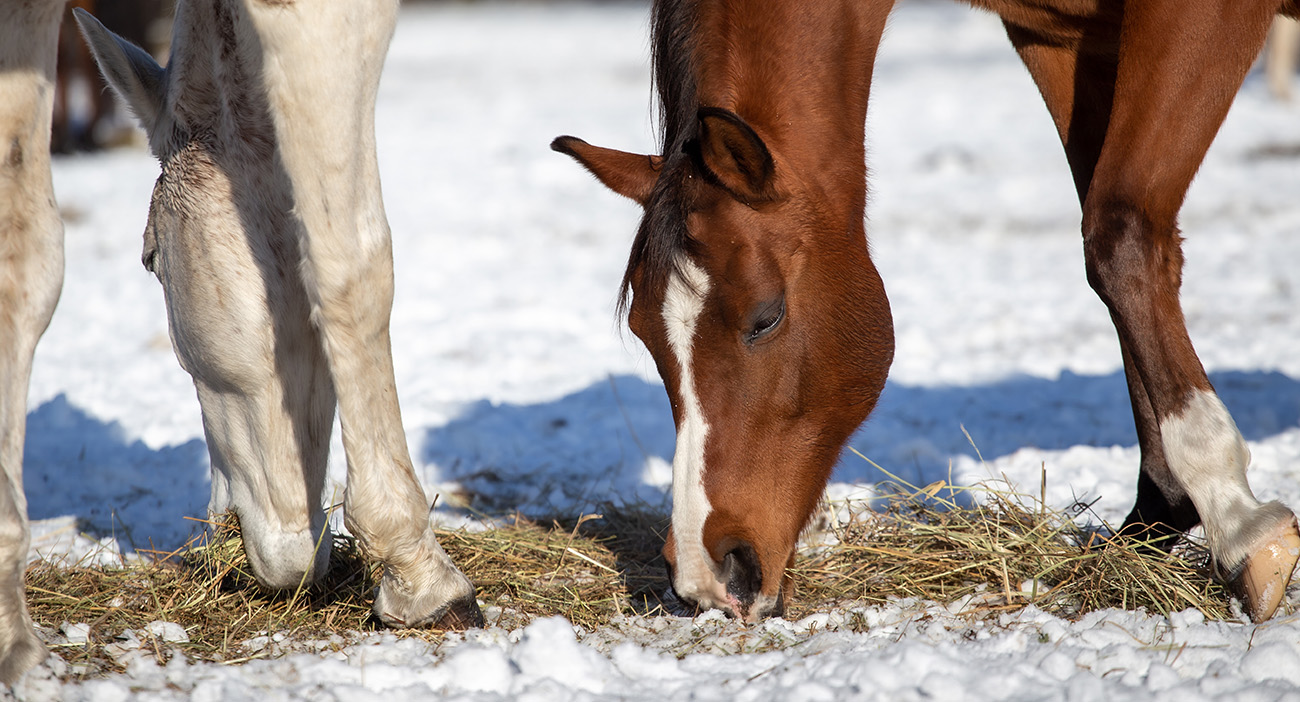
November 7, 2022
Winter Feeding Tips For Horse Owners
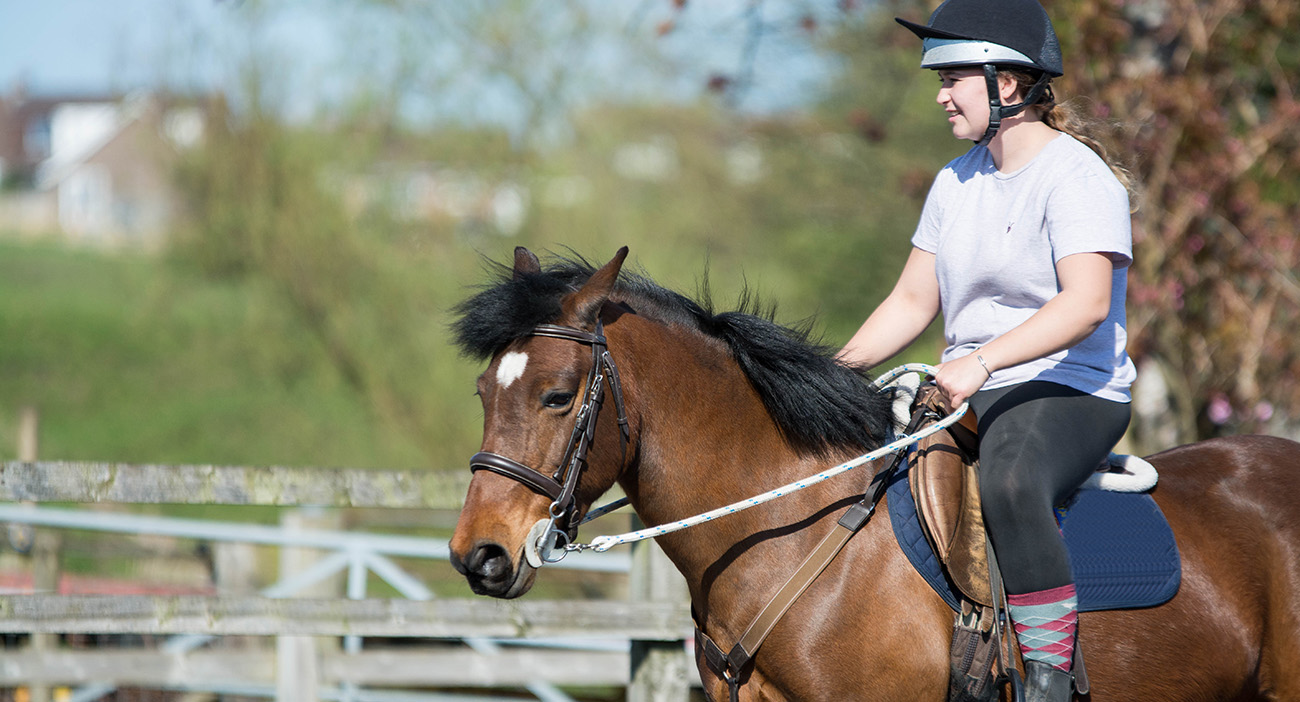
October 20, 2022
Money Saving Tips For Horse Owners
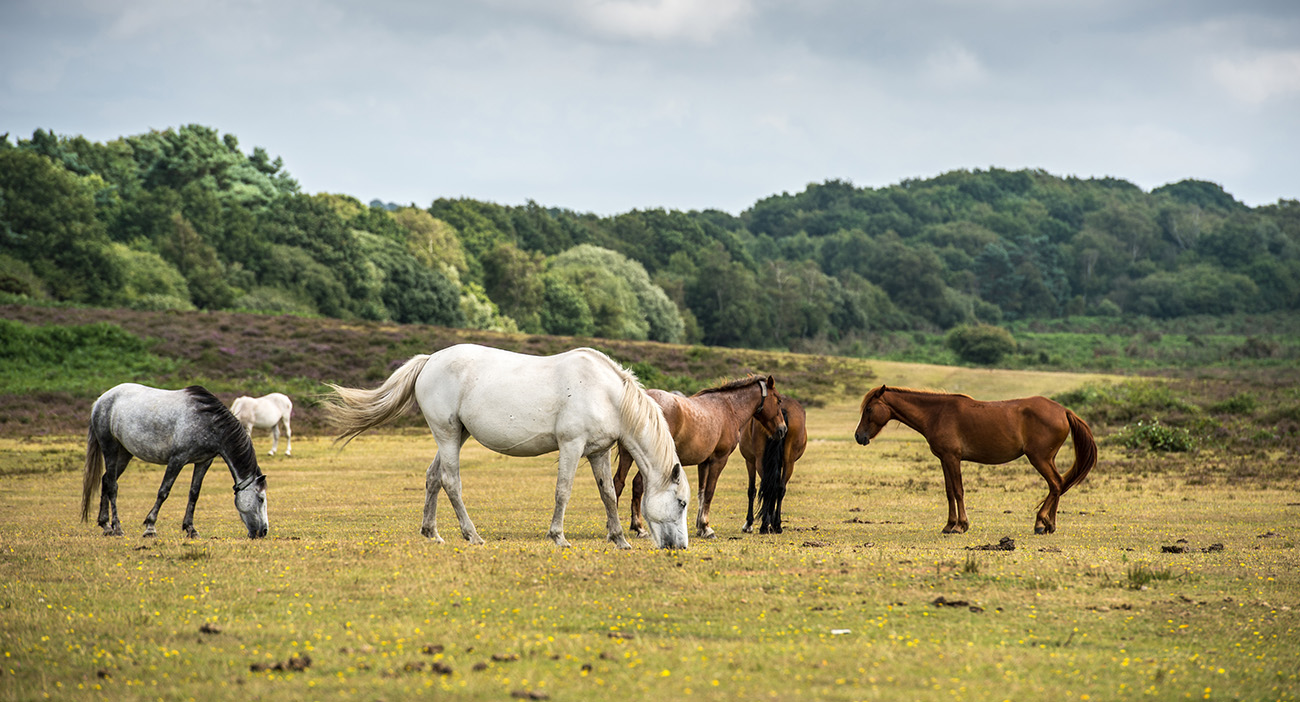
October 3, 2022
8 Ways To Keep Your Horse Entertained

September 30, 2022
Equestrian Question and Answer Session: Sophie Platt
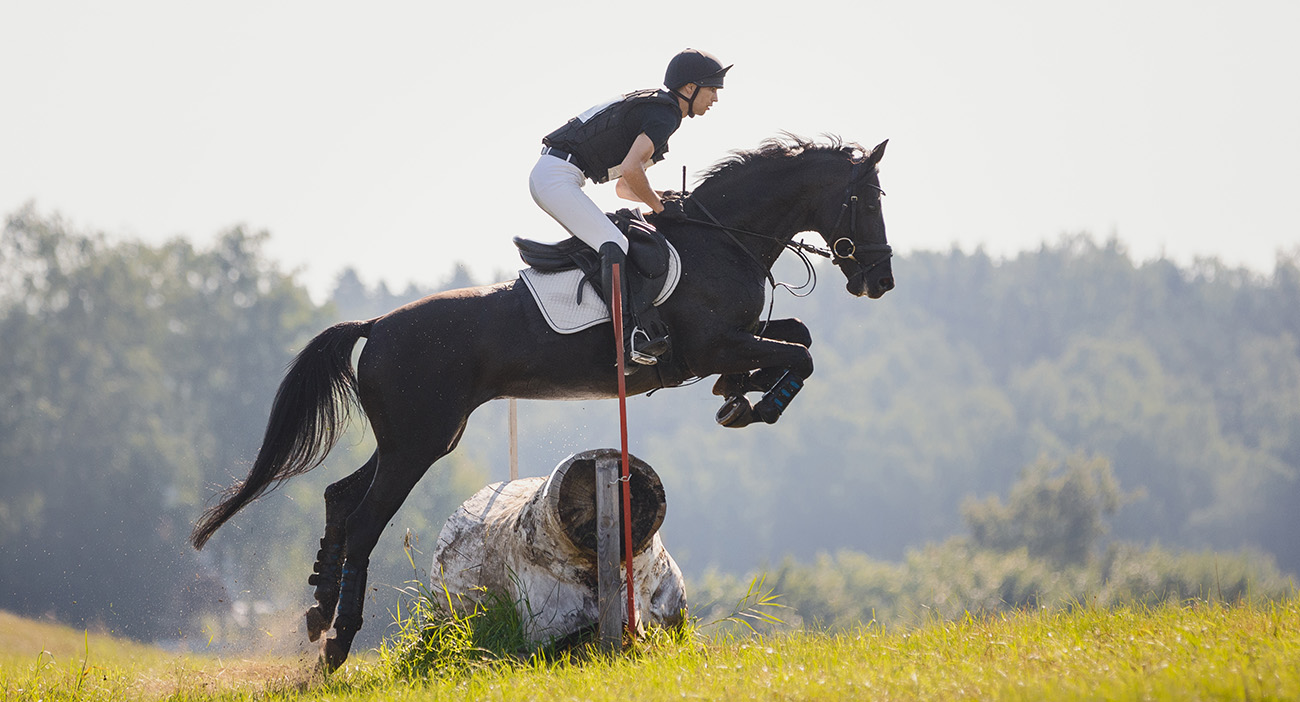
August 25, 2022
Preparing Your Horse For Competition
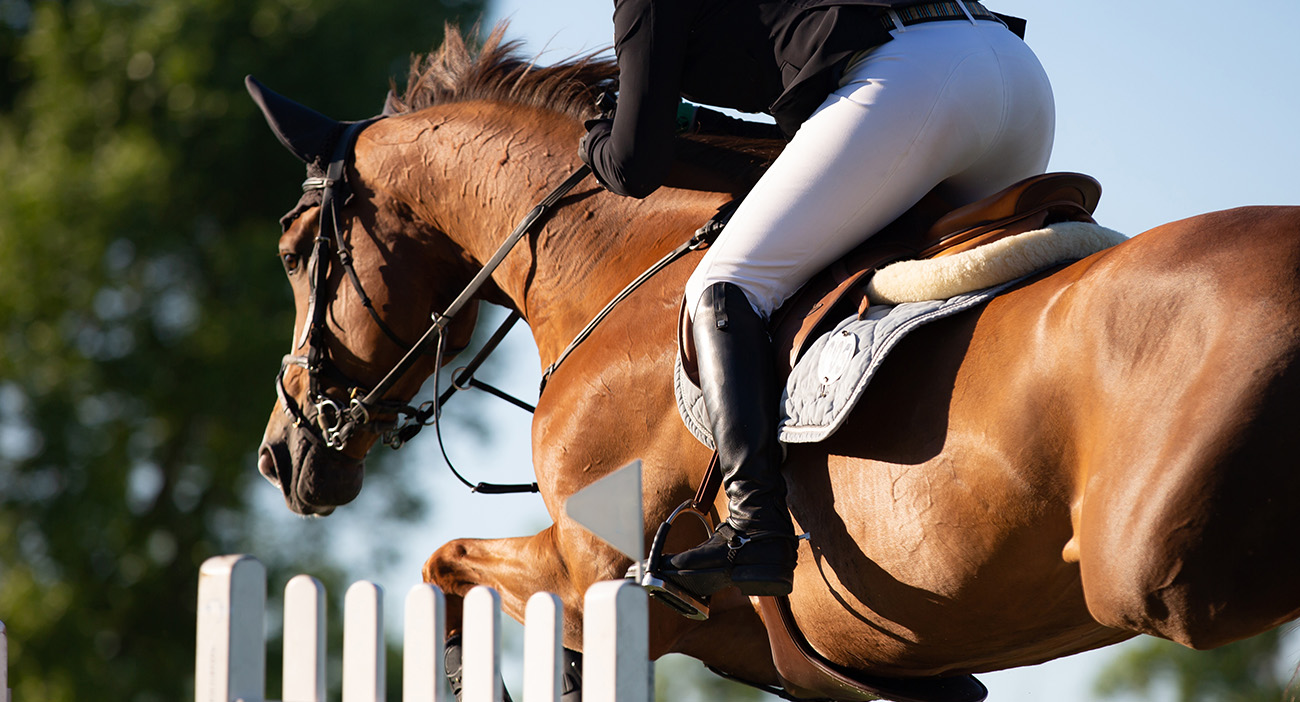
July 28, 2022
What Is Normal For My Horse?
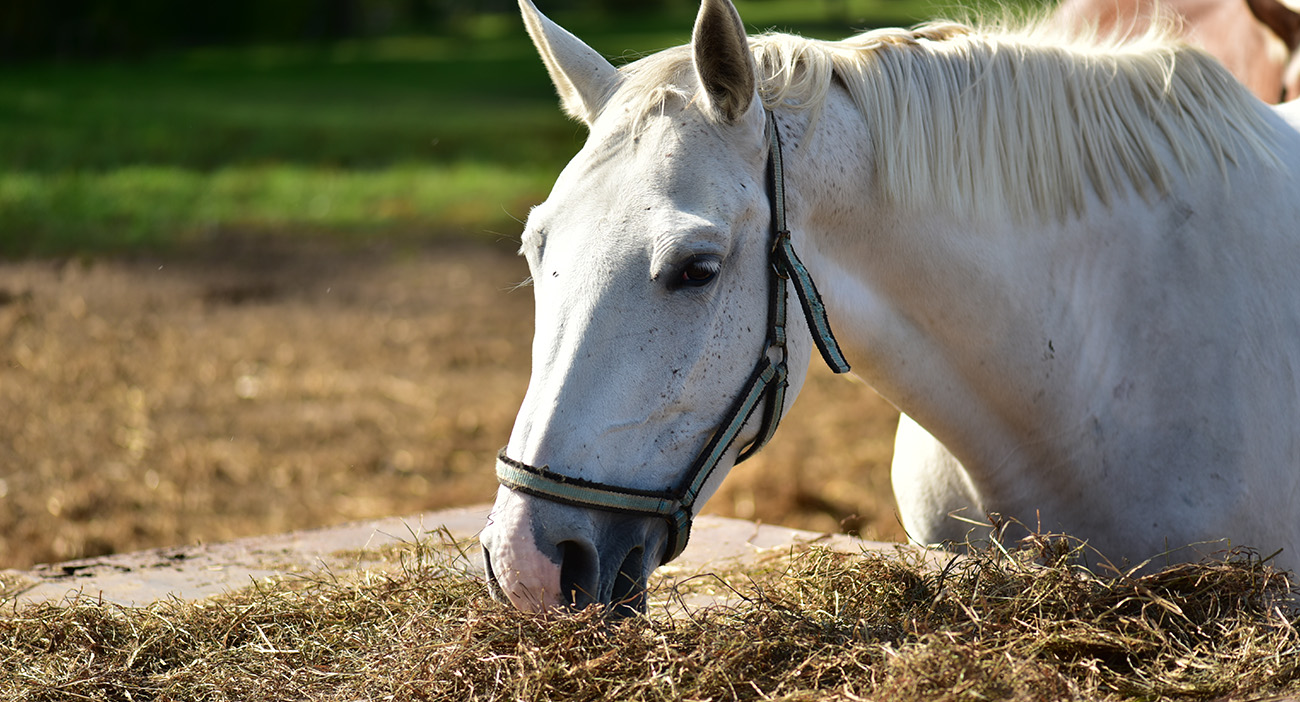
June 30, 2022
Compeition Horses: Managing Forage and Water Intake
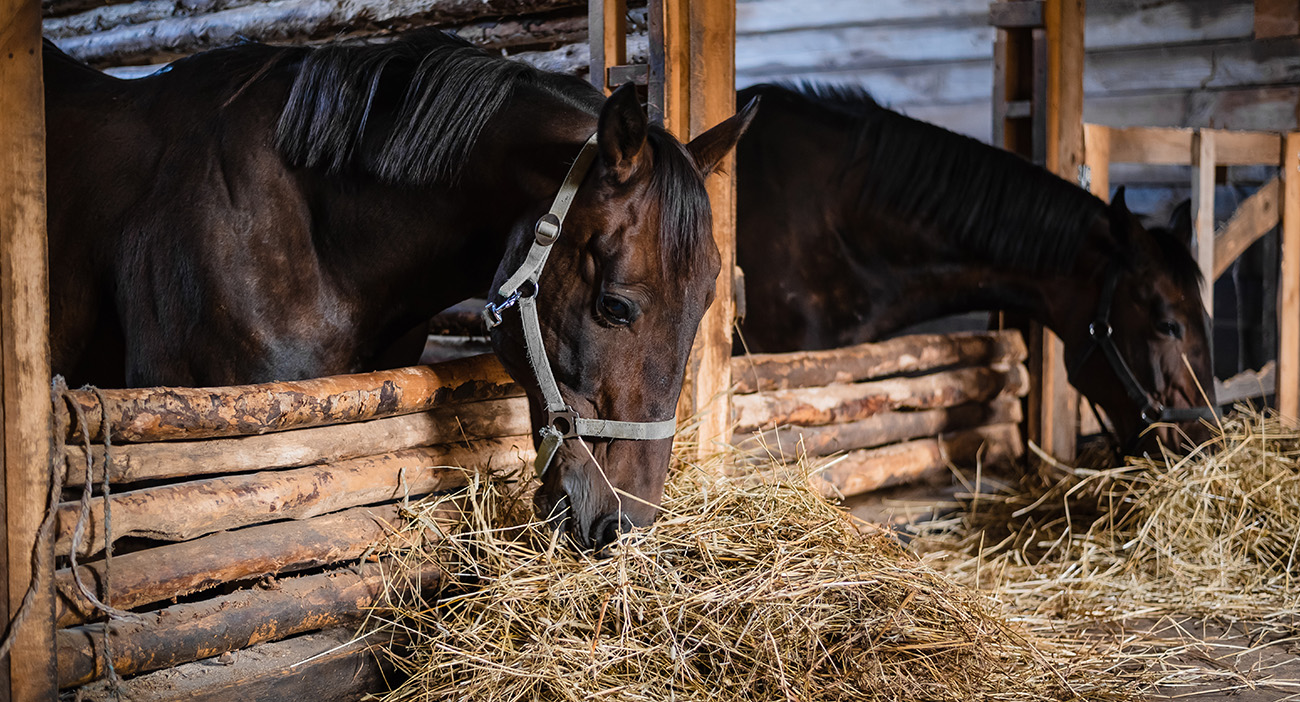
October 1, 2021
How To Feed EMS Horses: Nutritionist Top Tips For Horses
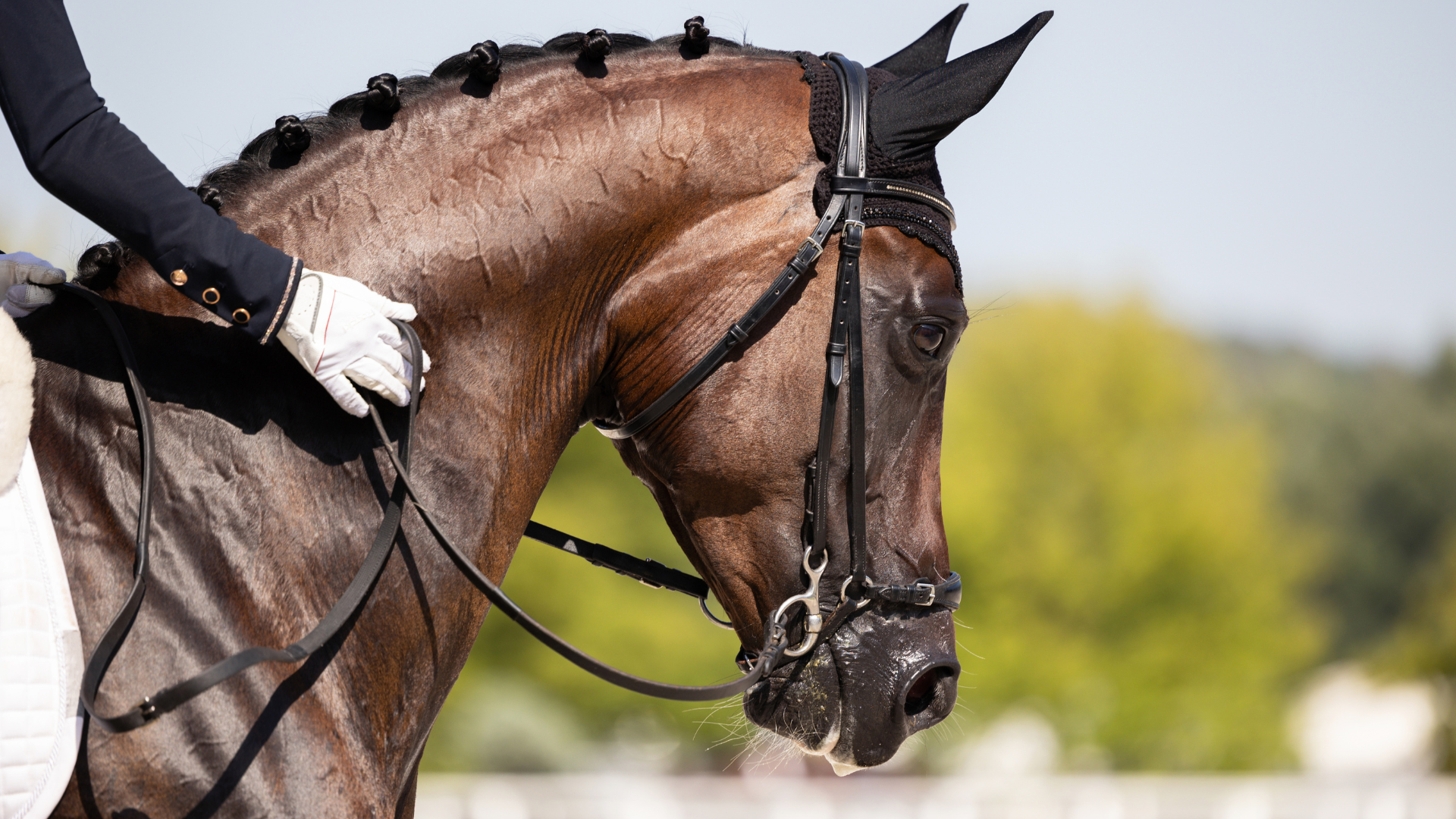
September 22, 2021
Feeding The Equine Athlete
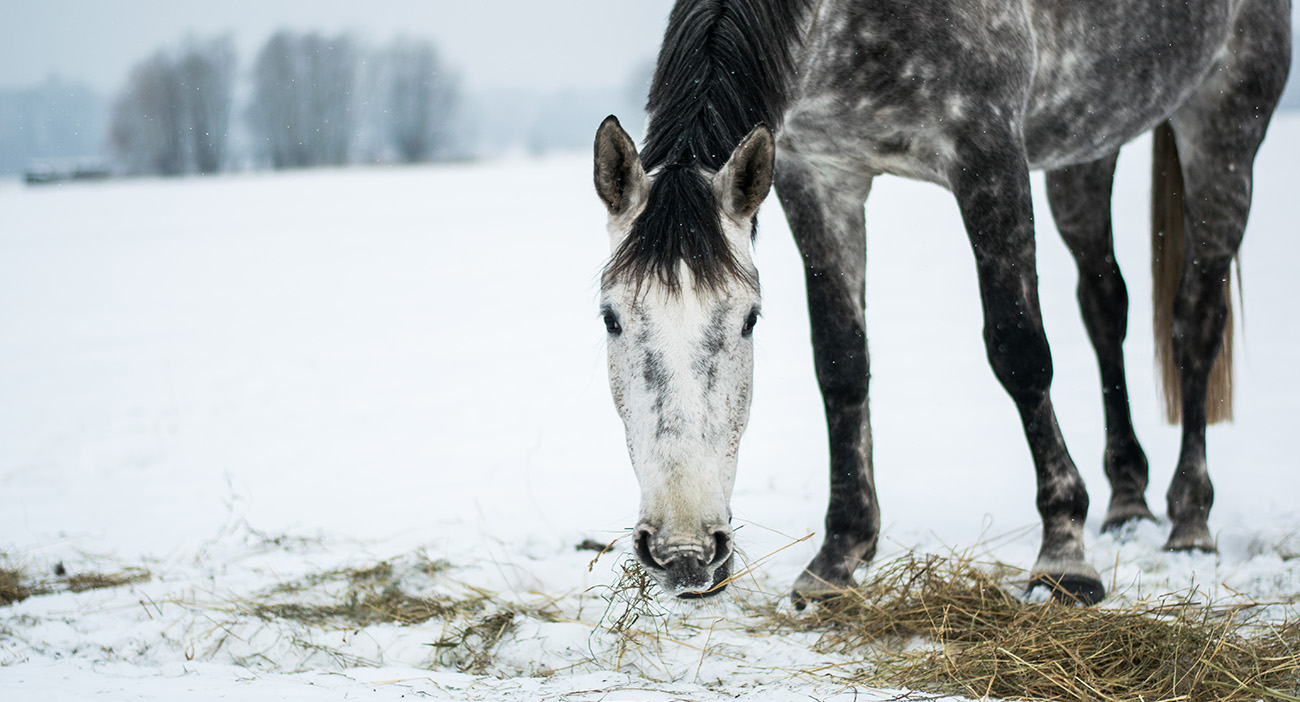
September 7, 2021
How To Feed Your Horse Indoors This Winter
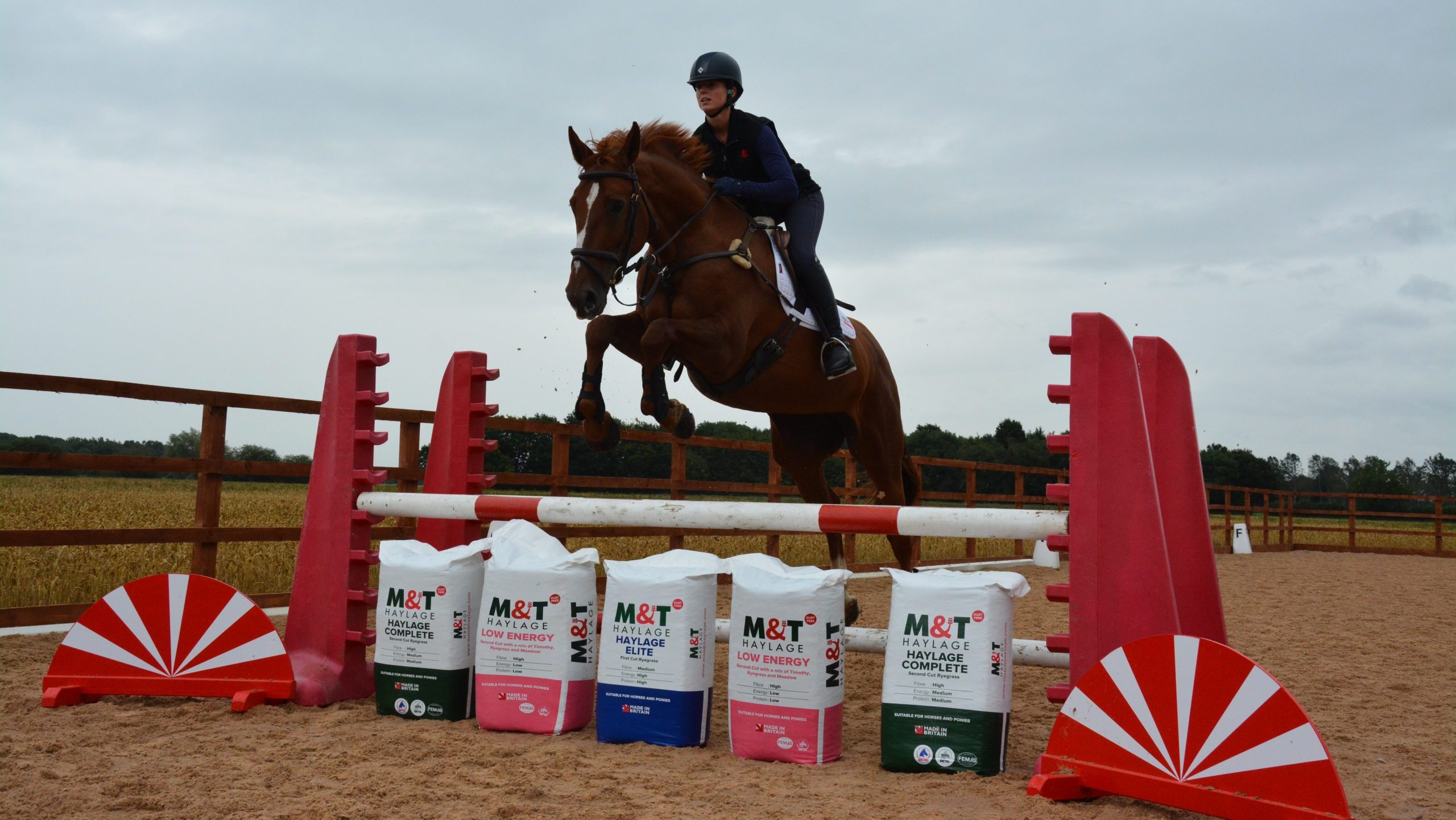
December 7, 2020
Premium Horse Forage: Ask The Nutritionist
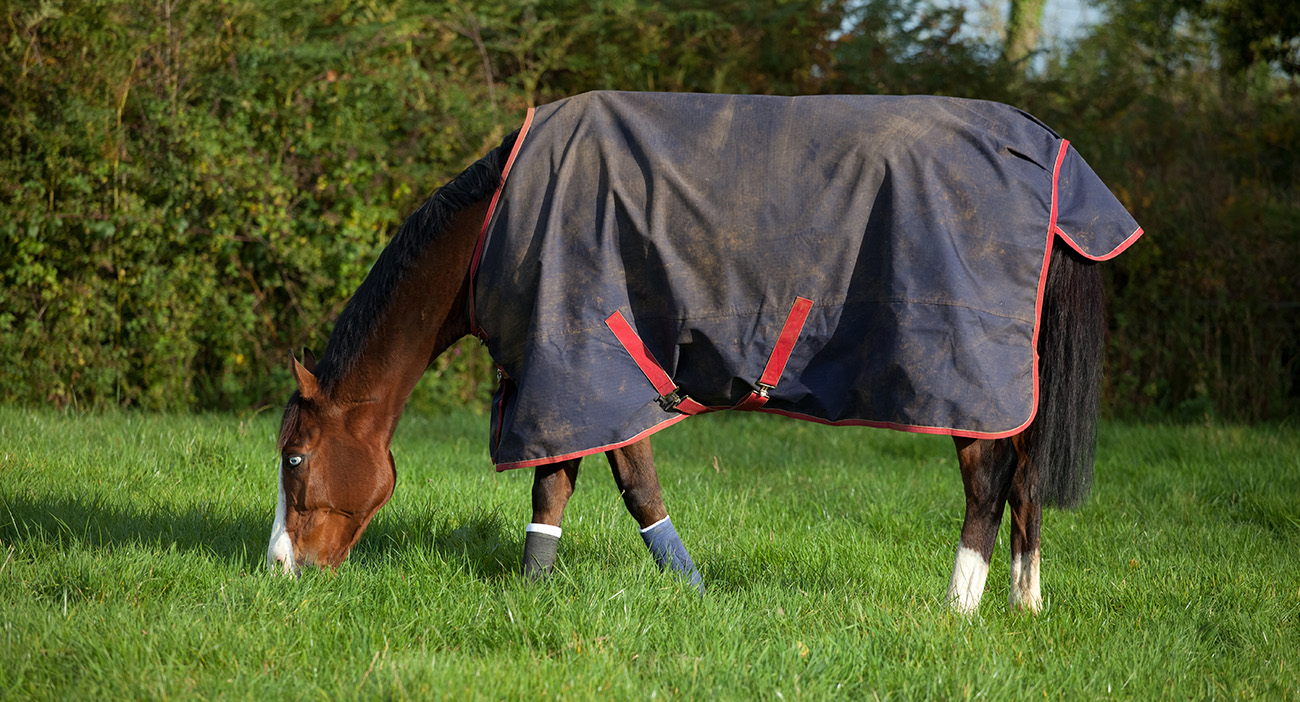
July 9, 2020
Top Tips For Managing Forage For Horses On The Go: Part One
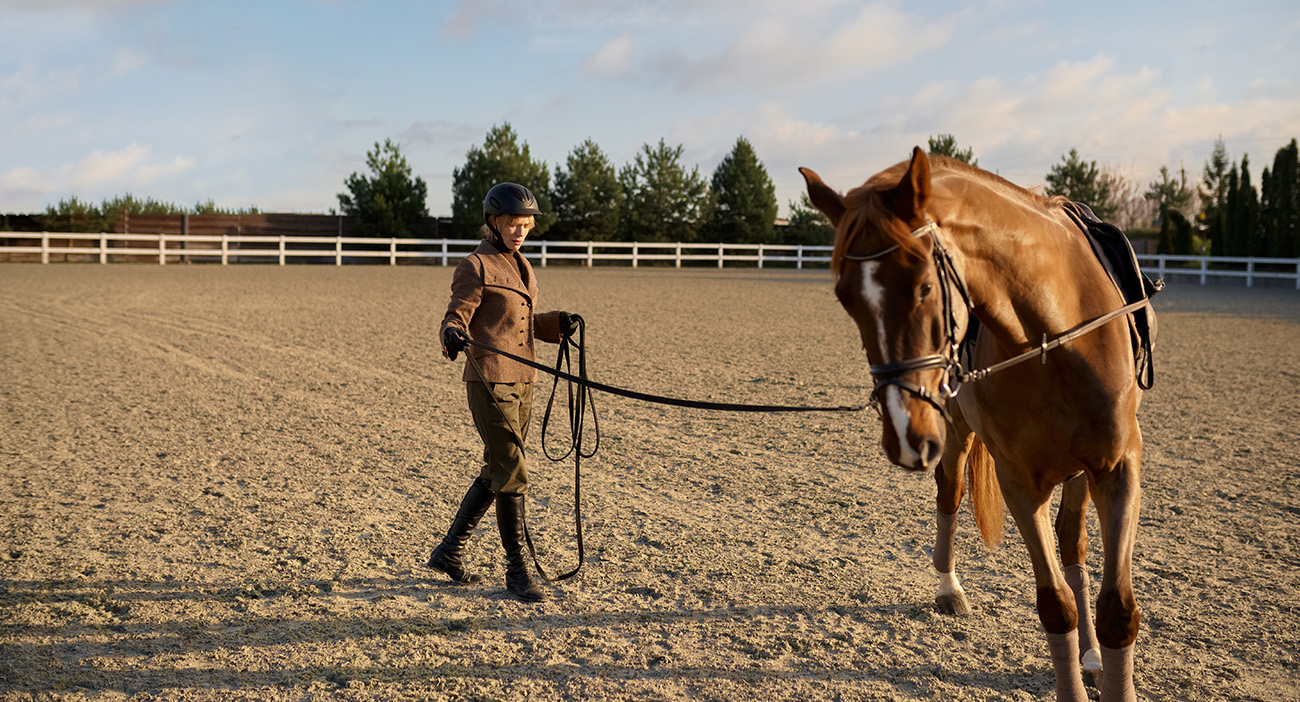
January 16, 2020
Haylage Myth Buster: Nutritionist Top Tips for Horses





